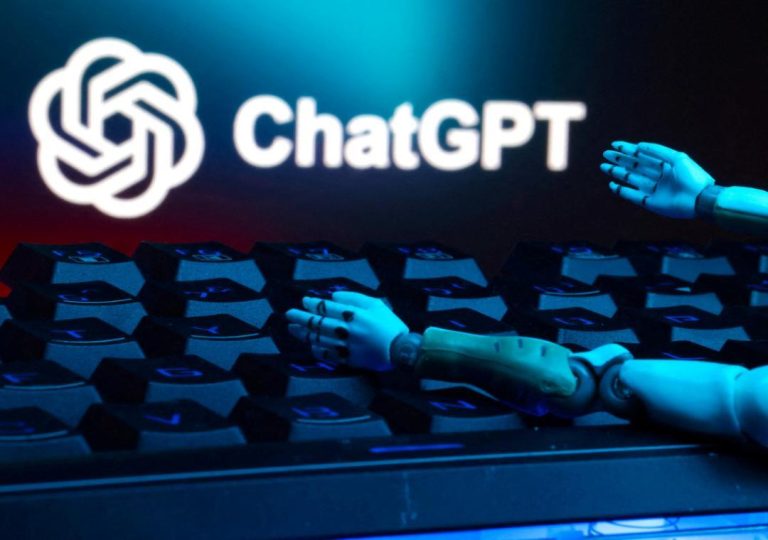
Physiotherapy: How AI & AR are making pain a thing of the past
Physiotherapy has undergone a significant transformation in recent years, thanks to the integration of artificial intelligence (AI) and augmented reality (AR) technologies. These innovations have revolutionized the way physiotherapists approach pain management and prevention, enabling more effective and personalized treatment plans. In this blog post, we’ll explore how AI and AR are transforming physiotherapy, making pain a thing of the past for millions of people worldwide.
Real-time Posture Corrections with AI
One of the most significant benefits of AI in physiotherapy is its ability to provide real-time posture corrections. Traditional physiotherapy methods often rely on manual adjustments and exercises, which can be time-consuming and may not always yield optimal results. AI-powered systems, on the other hand, can analyze a patient’s posture and provide instant feedback on how to correct it. This technology can be especially beneficial for individuals with chronic back pain, who often experience discomfort and stiffness due to poor posture.
For instance, the AI-powered posture correction system developed by a team of researchers at the University of California, Los Angeles (UCLA) uses machine learning algorithms to analyze a patient’s posture and provide personalized feedback. This system has been shown to significantly improve posture and reduce back pain in patients with chronic lower back pain.
Personalized Exercise Plans with AR
Augmented reality technology is another game-changer in physiotherapy, enabling patients to engage in personalized exercise plans that cater to their specific needs and goals. AR-powered systems use virtual reality glasses or mobile apps to guide patients through exercises, providing real-time feedback on their technique and progress.
For example, the AR-powered physiotherapy platform, Physiotherapy AR, allows patients to perform exercises with virtual guidance, receiving feedback on their posture, movement, and technique. This technology has been shown to improve patient engagement and adherence to exercise programs, leading to better outcomes and faster recovery times.
Early Detection of Musculoskeletal Issues with AI
Artificial intelligence is also being used to detect musculoskeletal issues early on, reducing the risk of chronic pain and disability. AI-powered systems can analyze patient data, including medical history, lifestyle factors, and biomechanics, to identify potential risks and develop personalized prevention plans.
For instance, the AI-powered musculoskeletal risk assessment tool, developed by a team of researchers at the University of Hong Kong, uses machine learning algorithms to analyze patient data and identify individuals at risk of developing musculoskeletal disorders. This tool has been shown to be highly accurate in identifying patients at risk, enabling early intervention and prevention of chronic pain and disability.
Shifting Focus from Treatment to Prevention
The integration of AI and AR in physiotherapy is not only improving treatment outcomes but also shifting the focus from treatment to prevention. By identifying potential risks and developing personalized prevention plans, physiotherapists can empower patients to take control of their health and prevent chronic pain and disability.
This shift in focus is particularly significant, as chronic pain and disability are major public health concerns worldwide. According to the World Health Organization (WHO), chronic pain affects an estimated 1.5 billion people worldwide, while musculoskeletal disorders are a leading cause of disability globally.
Accessible and Proactive Healthcare for All
The integration of AI and AR in physiotherapy is not only improving healthcare outcomes but also making healthcare more accessible and proactive. By providing personalized treatment plans and early detection of musculoskeletal issues, physiotherapists can empower patients to take control of their health and prevent chronic pain and disability.
Moreover, AI and AR technologies are making healthcare more accessible to underserved populations, including those with limited mobility or access to healthcare facilities. For instance, AI-powered physiotherapy platforms can be accessed remotely, enabling patients to receive personalized treatment plans and exercise guidance from the comfort of their own homes.
Conclusion
Physiotherapy is evolving rapidly, thanks to the integration of AI and AR technologies. These innovations are revolutionizing the way physiotherapists approach pain management and prevention, enabling more effective and personalized treatment plans. By shifting focus from treatment to prevention, AI and AR are empowering patients to take control of their health and prevent chronic pain and disability.
As the healthcare landscape continues to evolve, it’s essential that physiotherapists and healthcare providers stay ahead of the curve, embracing AI and AR technologies to provide accessible and proactive healthcare for all.
News Source:
https://www.healthcareradius.in/features/technology/physiotherapy-obesity-tech
Note: The news source URL provided is for the article that inspired this blog post.






